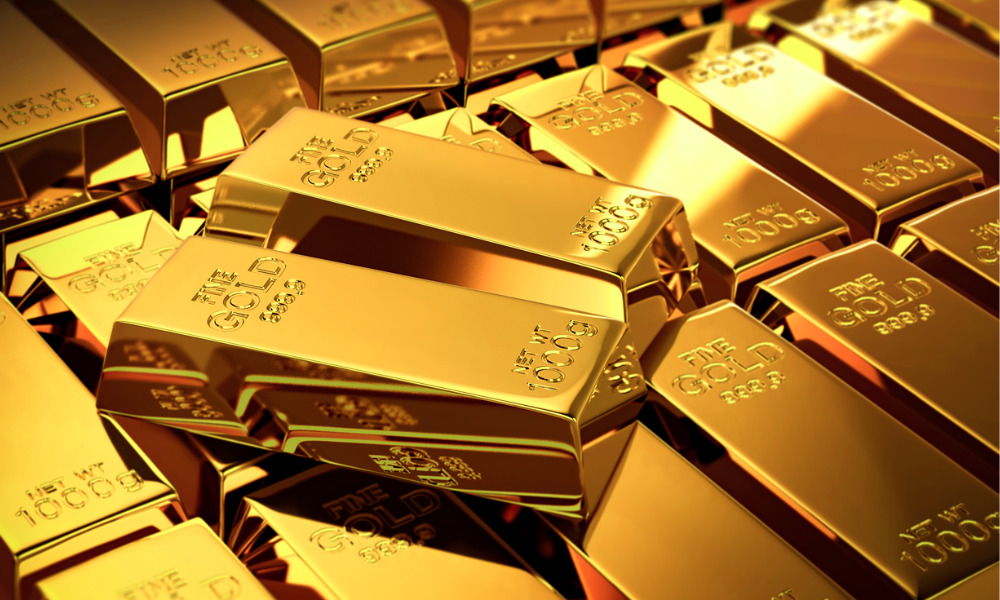Risk-mitigation strategies that rely on exposure to safe-haven metal might not work as usual

Given the pandemic’s continuing fallout, its effect on financial markets, and emergency measures adopted by central banks, no one would be blamed for seeking exposure to gold as a safe haven. But according to a new report from Cerulli Associates, it might not be that simple.
The firm noted that the price of gold rose in 2019 due to a record total US$15.7-bn of gold purchases by central banks during the first six months, pessimistic economic forecasts, and the U.S.-China trade war, among other factors. That created a tailwind for precious-metal funds, which included vehicles providing exposure to physical gold and others that primarily hold mining companies.
“This range of ways to access precious metals in the months and years ahead look set to take different paths as the coronavirus pandemic plays out,” Cerulli said.
With the immediate liquidity crisis ignited by the pandemic resolved, it noted, there should be an uptick of investors with liquid capital that they could use to buy assets, thus sending commodity prices higher. But because of the actions taken by central banks to stem the crisis, some of the buying power of dollars, euros, and sterling may have been neutralized.
“Additionally, with the mothballing of the world’s major economies, some analysts do not believe the conditions will lead to an immediate upsurge in gold and silver prices either,” Cerulli said.
The firm cited Georgette Boele, senior FX and precious metals strategist at ABN AMRO Bank, who said in a March 18 note that the lower global growth outlook “will not be positive for
precious metal prices in the coming months.”
While gold prices could rebound in a reasonable recovery scenario, as they did in the wake of the 2008-2009 global financial crisis, it’s also possible that what will emerge from the pandemic is a very low-growth, deflationary economic environment. While the ball is ostensibly in the global policymakers’ court, the latter scenario would lead to suffering across asset classes, including gold.
“As the virus spreads to developing economies, some of which are less prepared to control it, many precious metal mining companies will have no option but to close,” the report said. It noted that such closures and resultant drops in production are already being priced in by the markets, with the top 10 global mining companies losing an aggregate US$170 billion in market value over the first three months of the year, according to Mining.com.
“The upside here is that investors in the commodities themselves might expect to see the supply of precious metals drying up, sending demand and prices higher,” Cerulli said.



